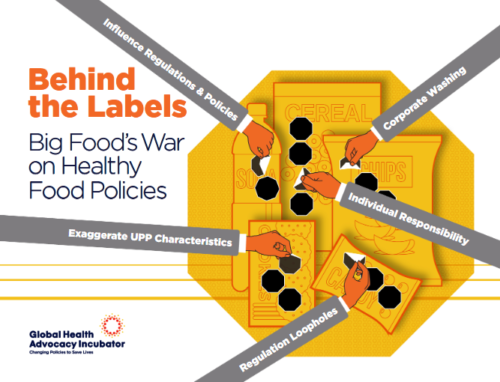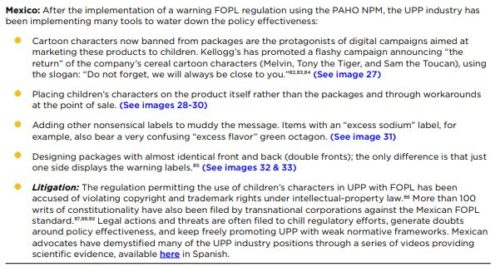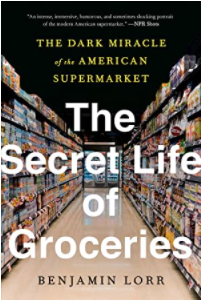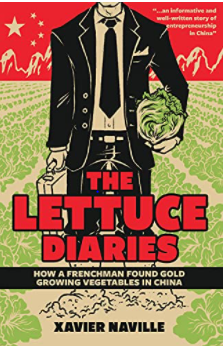Big Meat, price-fixing, and rising prices: Lots going on
Four items about the Big Four meat companies that collectively control 85% of the beef market.
I. Reuters reports that JBS, the Brazilian meat giant, has settled claims that it engaged in price fixing for—gasp—$52.5 million.
JBS, its U.S. affiliates, and the other three of the Big Meat companies—Cargill Inc, National Beef Packing Co and Tyson Foods—have been accused of conspiring to limit supply iin order to raise prices and boost profits.
In a statement, JBS said it did not admit liability but that settling was in its best interest. It also said it will defend against beef price-fixing claims by other plaintiffs.
The settlement still requires approval from the courts.
JBS settled one month after U.S. President Joe Biden announced a plan here for new rules to bolster competition and stop “exploitation” in the meat sector.
Comment: I’ve written about the President’s executive order on the meat industry here, his challenge to consolidation here, and his concern about lack of competition here. $52.5 million sure looks like guilty as charged, no matter what JBS says.
II. The National Cattlemen’s Beef Association issued a statement on the settlement.
The announcement that JBS USA has decided on a $52.5 million settlement over allegations of beef price fixing is deeply disturbing to the National Cattlemen’s Beef Association (NCBA). NCBA was the first national organization to request a government investigation of beef markets in 2019. Now there are settlements occurring without Department of Justice (DOJ) having released findings or even providing cattle producers with an update on progress.
Comment: The NCBS is disturbed? I’ll bet.
III. The American Enterprise Institute has released three articles on food price inflation, meat prices and pork prices.
- AEI – Food price spikes temporary, inflation likely to fall in 2022
- Where’s the pork in the surge in recent pork prices? Maybe nowhere, and not in the meatpacking industry
- Subsidized beef packing expansion unlikely sustainable
IV. Tyson Foods, one of the other defendents in the price-fixing case, is #1 on Fortune’s World’s most admired companies list for food producction, and for the sixth straight year, no less.
Comment: You can’t make this stuff up.

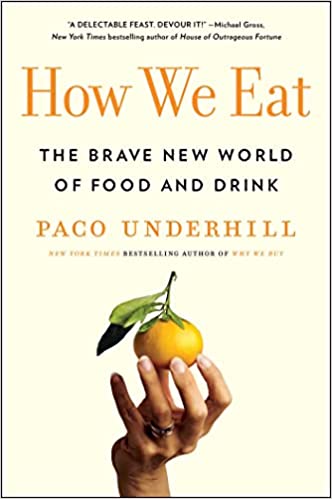
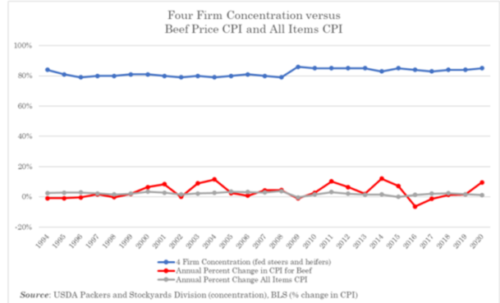 And, it says,
And, it says,